Greenpeace’s 10 favourite myths about nuclear energy, refuted
A kit for rebutting gish-gallopers and pre-empting specious arguments
Gish-galloping is a rhetorical technique where the debater enumerates a series of erroneous arguments in a short space of time, which makes it impossible for the other person to address all of the claims. To save you from going through this process, you can instead send this article to your pesky gish-galloper, and also share it with anyone who is at risk of falling for myths about nuclear energy, to help them pre-empt false arguments (prebunking works).
Many of the following arguments have a single source: the well-funded, highly organised activist group Greenpeace, whose arsenal of myth missiles (myth-siles?) has immensely damaged the way people think about nuclear technology.
Myth #1: “Nuclear waste is harmful/unmanaged/kills people”
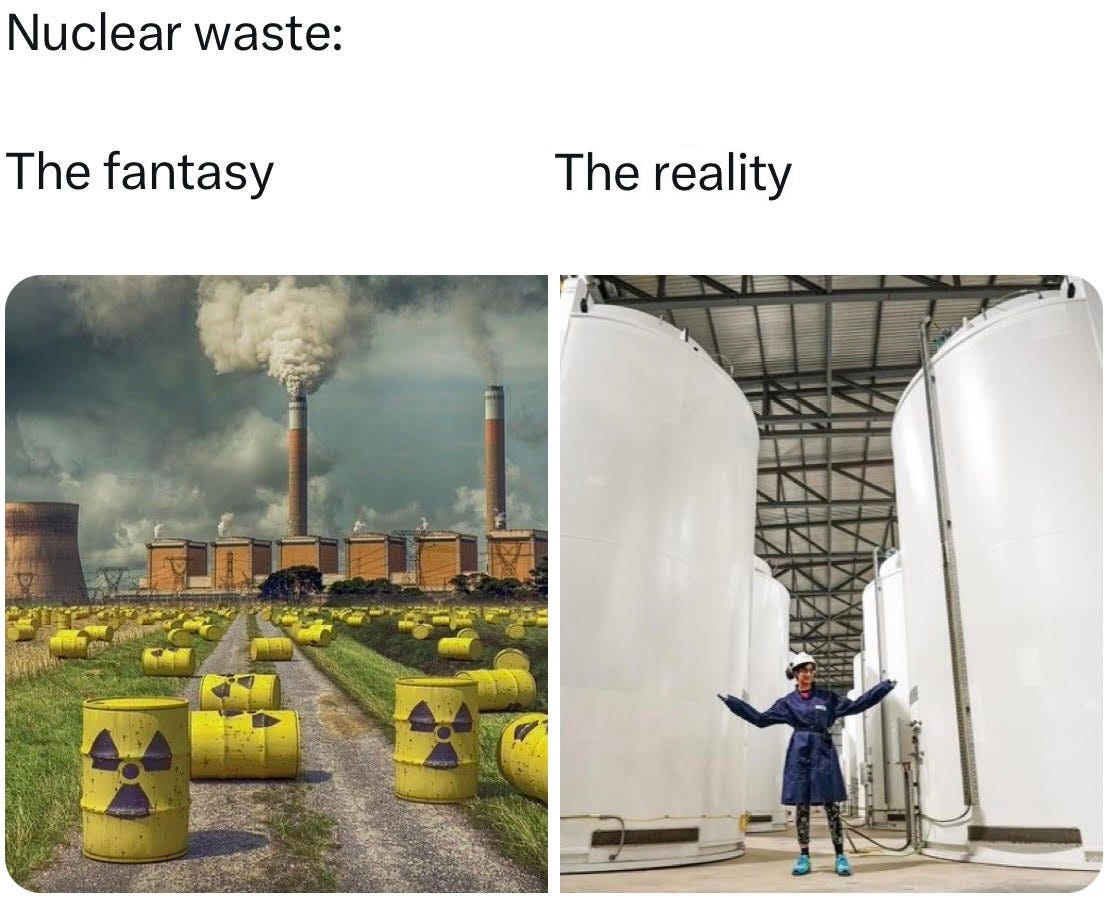
Greenpeace commissioned a report on what it calls the “global crisis of nuclear waste” and has made the mythical dirty cracking yellow barrels of fake waste synonymous with what many people imagine spent fuel storage looks like.
In reality, spent fuel is stored in impenetrable dry storage casks and is well-managed. All forms of energy generation create waste, including solar panels - and the toxic waste they leave behind usually ends up in landfill sites where it leaches dangerous chemicals into the ground, often in developing countries where it is dumped. Wind turbine blades face similar issues. And fossil fuel waste is being stored in the Earth’s atmosphere as you read this, while the related air pollution kills millions of people. Anti-nuclear activists have managed to keep the focus on nuclear waste, when it is comparatively the least harmful.
For a more thorough busting of this myth, take a look at this detailed article.
Myth #2: “Nuclear power isn’t clean”
Greenpeace claims that nuclear energy is dirty. But Oxford University data shows the reality:
Myth #3: “Nuclear power is not safe”
Greenpeace has long perpetuated the myth that nuclear energy is “hazardous”, and safety is a buzzword that has come to taint the technology even though - see the graph above - nuclear is safer than most of the alternatives, even wind power.
For a more comprehensive busting of this myth, read about nuclear meltdowns in context here.
Myth #4: “Nuclear power plants are expensive”
This is an age-old myth adored long-espoused by Greenpeace, which ignores the complexities of cost.
Comparing a nuclear power plant to a solar farm is like comparing an apple orchard to a single orange. Add to the solar or wind farm the following, and you gain a more accurate idea of the cost:
Network cost (poles and wires to connect to the grid)
Cost of battery storage
Cost of integrating non-dispatchable energy sources into the grid
Cost of the land required
Cost of disposal, which is usually built into the price of nuclear energy but excluded from the price of solar and wind power
Cost of fossil-fuel back up for when it isn’t windy or sunny
Nuclear energy is also often cheaper for consumers, whereas adding a lot of wind and solar can lead to ‘shift loading’, which hurts lower-income and otherwise vulnerable customers.
For a deep-dive into cost, read this comprehensive article.
Myth #5: “Nuclear power plants take too long to build”
Greenpeace has been arguing that nuclear is too slow to build for decades, while protesting and slowing down progress on build times for decades. Even so, the average build time for a nuclear power plant is 7.5 years.
All large-scale infrastructure projects take time to construct. In France, the average offshore wind farm takes 8-10 years to build.
France decarbonised its grid in only a decade in the 1980s, by building a large fleet of nuclear power plants.
Myth #6: “We don’t need nuclear power plants to meet net zero targets”
The Intergovernmental Panel on Climate Change (IPCC) works to advance scientific knowledge about climate change caused by human activities. The 2018 IPCC report (1.5 Warming) has an energy section by Working Group III that illustrates four pathways to decarbonisation, and all of them include nuclear power. The report has a 99% scientific consensus.
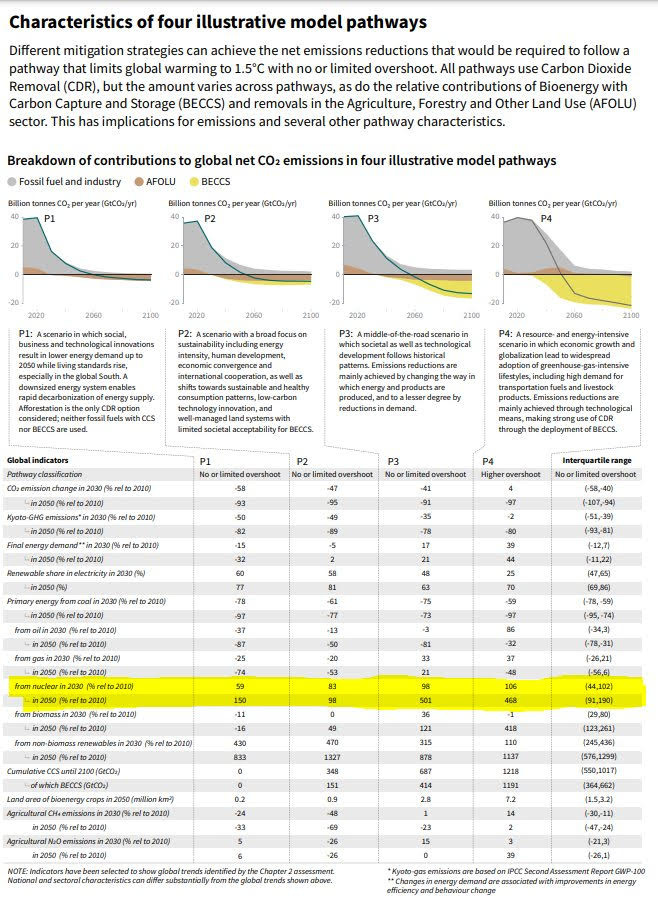
As well:
Banking on decarbonising with wind and solar power alone is an experiment we shouldn’t be prepared to take - and one that has failed in Germany, with great cost to citizens and the country.
Ironically, Greenpeace argues that a 100% “renewables” transition is possible, while selling supposedly clean energy under the label of “WindProGas”: a mix of 89% natural gas, 10% bigas, and 1% green hydrogen.
Myth #7: “Nuclear technology is old and therefore obsolete”
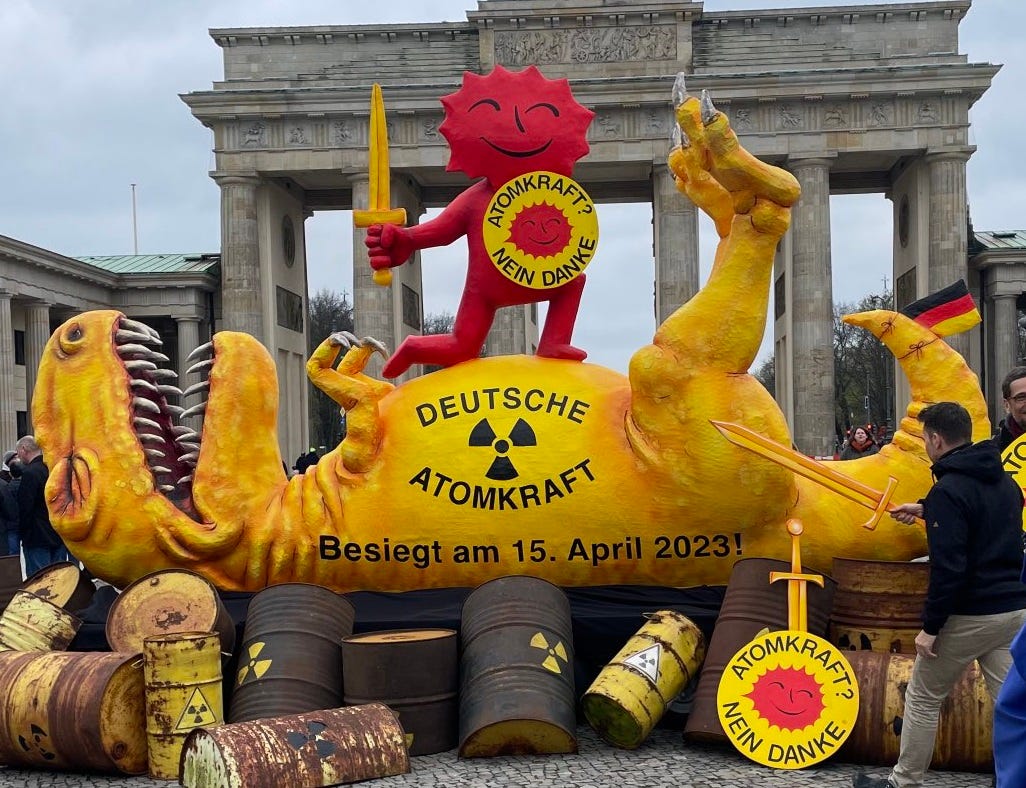
Greenpeace often depicts nuclear power as a dinosaur, because they argue that it’s old technology. But solar panels are old too, dating back to 1883. And the sun is of course the oldest power source of all.
Who cares? As the saying goes, old is gold.
Myth #8: “Nuclear power plants aren’t green because they’re big and require resources”
Nuclear power plants are not as demanding of space as the alternatives:
To put this into perspective, watch this data visualisation that shows the amount of land required by the Olkiluoto 3 nuclear power plant in Finland compared with wind power.
As well, nuclear has relatively low critical mineral intensity:
And finally:
Myth #9: “Radiation is unnatural/will kill you”
Radiation is all around us, in all living things and some non-living besides. Without radiation, life on Earth would not exist in its present form. Nuclear medicine saves millions of lives.
The likelihood of being exposed to a large amount of radiation in your lifetime is infinitesimally small, unless it’s in a deliberate attempt to save your life, for example, with radiotherapy. Radiation is not to be feared, but to be understood.
For a more thorough busting of this myth, read this in-depth piece on radiation.
Myth #10: “Nuclear energy is sexist”
When you hear this myth it usually means that the gish-galloper has run out of arguments. At a rally in 2012, prominent anti-nuclear activist Helen Caldicott called nuclear energy sexual, compared nuclear power and renewables to penises (yes, really), and argued that men who support it have something wrong with their brains. You may laugh, but this woman was heavily influential in the anti-nuclear movement in the 1970s and won many awards for her campaign successes.
Last year, Radio France expounded on this myth, writing: “Nuclear power is seen as the embodiment and celebration of patriarchy. It is a brutal and hierarchical, opaque energy, over which we have no control, which crushes you, steps on you, and does not let you have a say.”
This argument implies that science is only for men, that the technology has a mind of its own, and erases the many women who work in nuclear medicine, engineering, physics, nuclear power plants, etc. So as a palate cleanser here are a few photos of some wonderful women in nuclear who I have had the pleasure to meet.
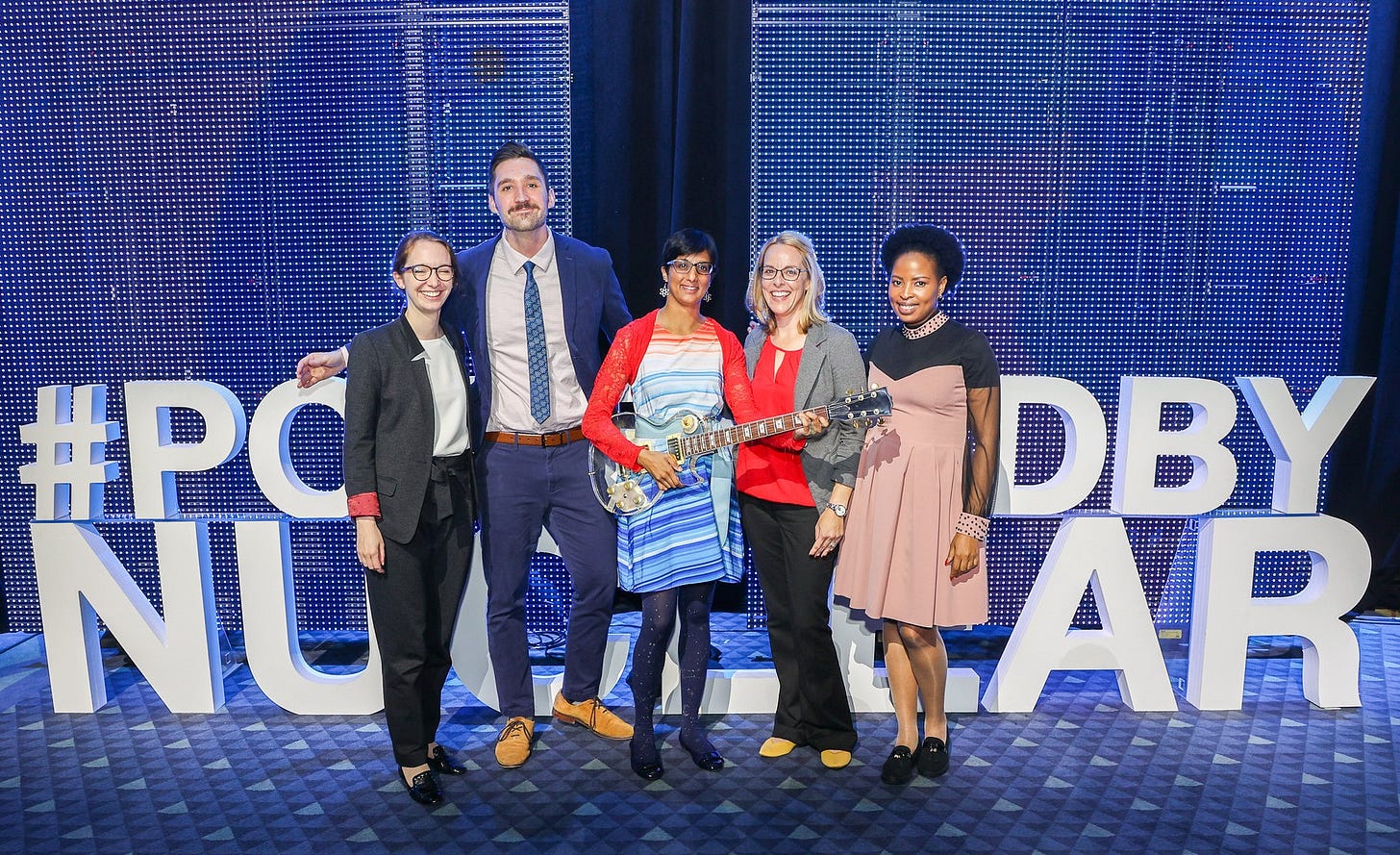
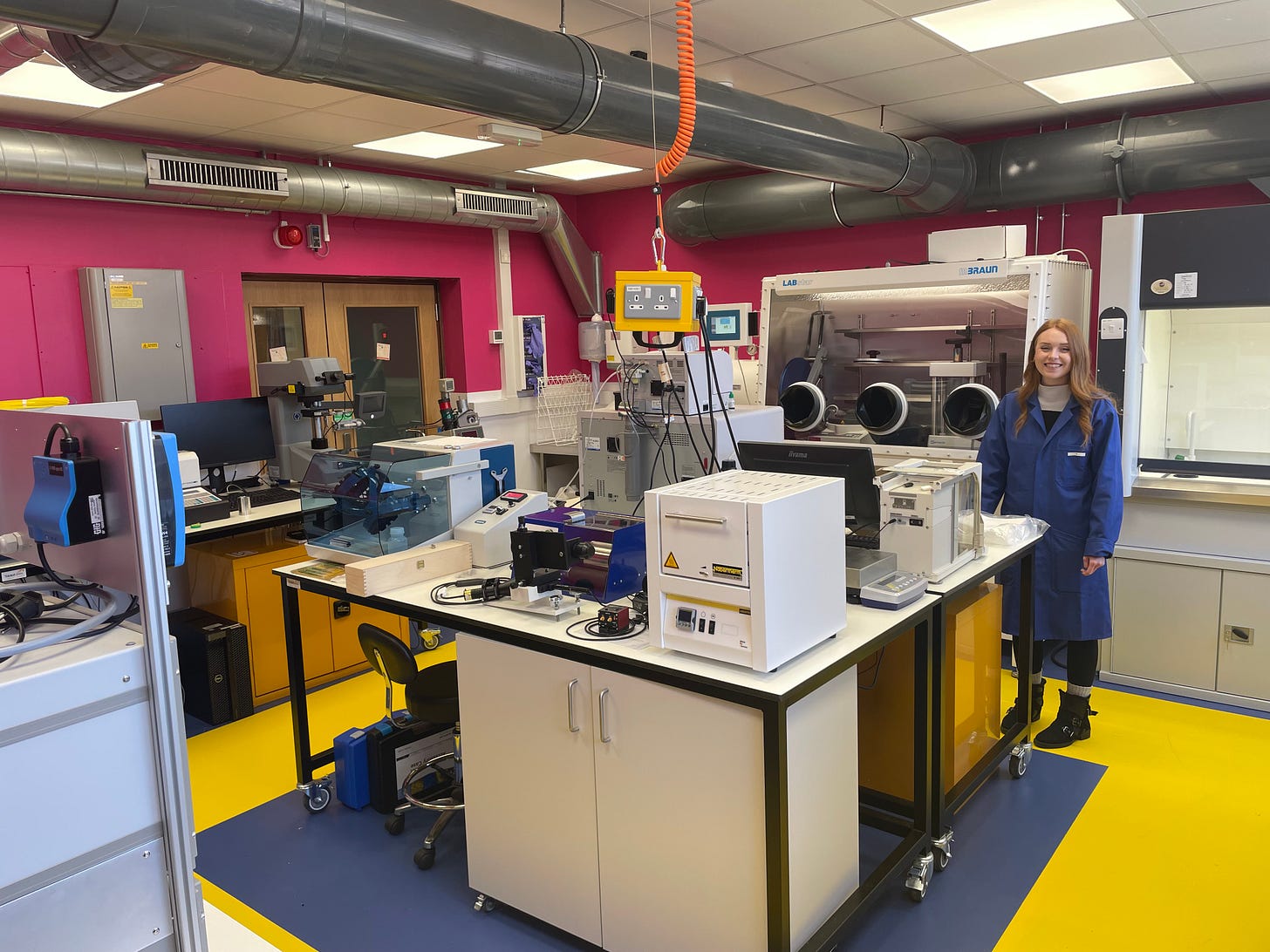

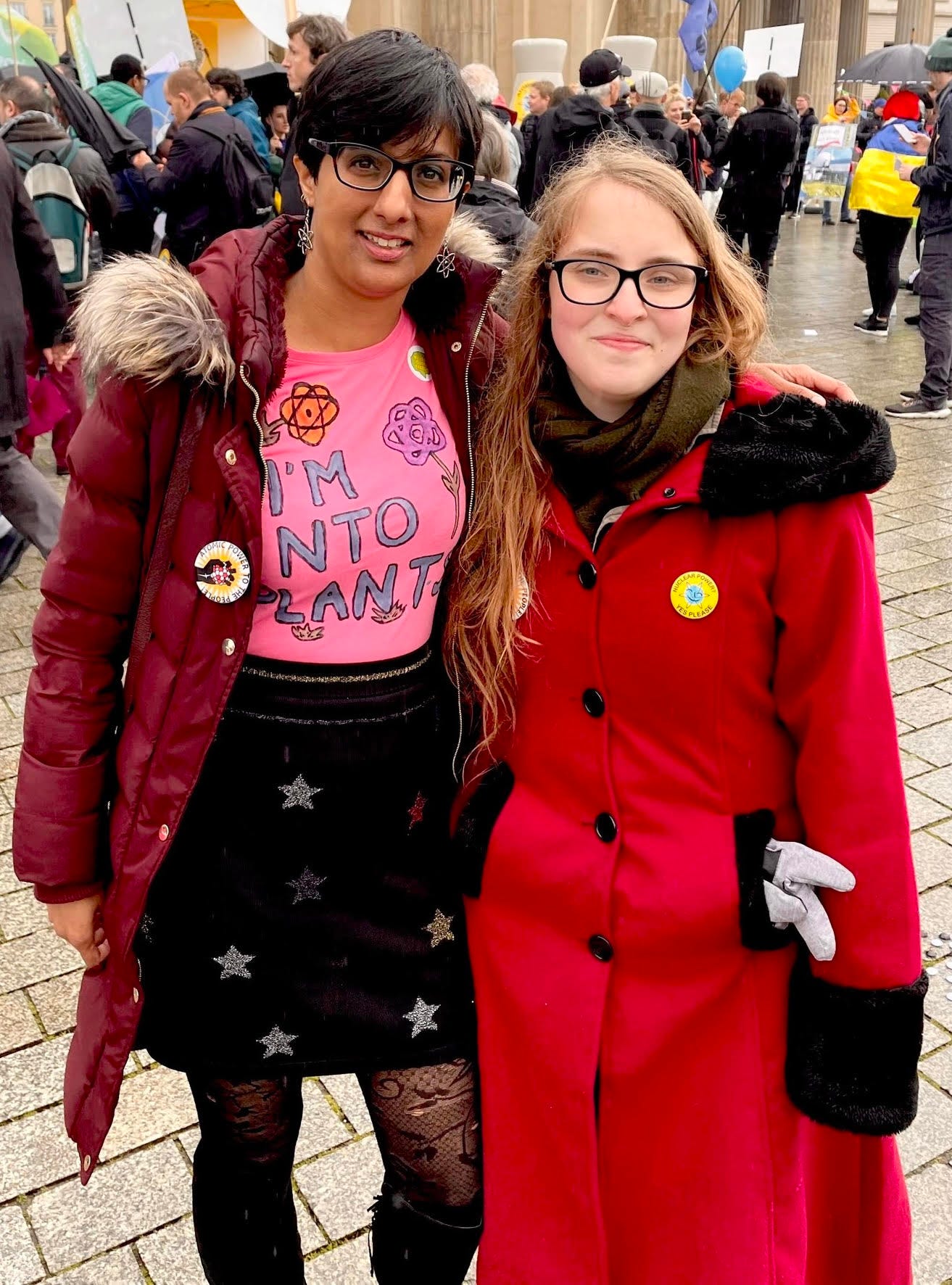

And finally, the biggest myth of all that has been perpetuated by Greenpeace and other anti-activist organisations? That it is necessary to be pro- or anti- a technology that is, in reality, as essential to humankind as oxygen and medicine.

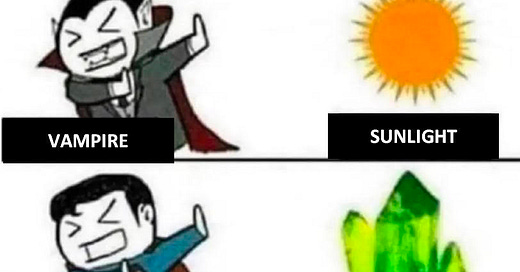



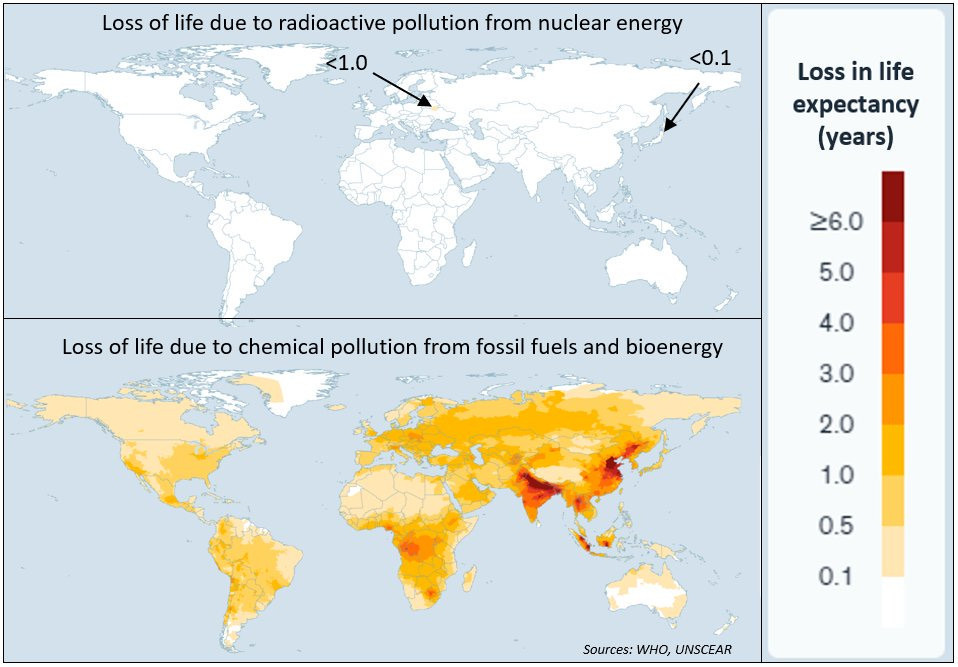
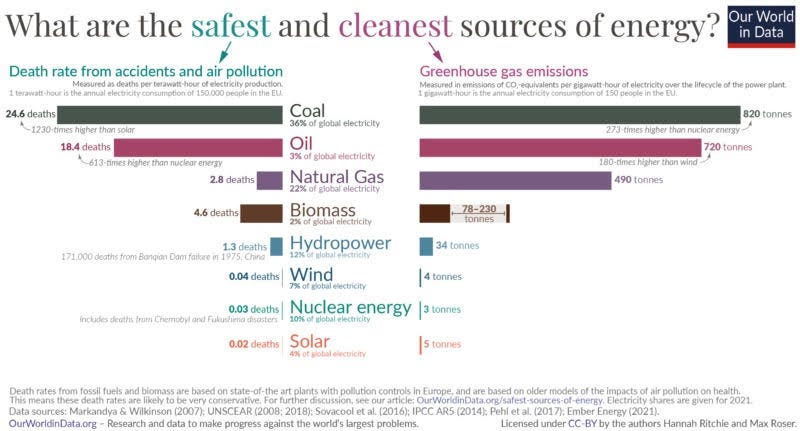
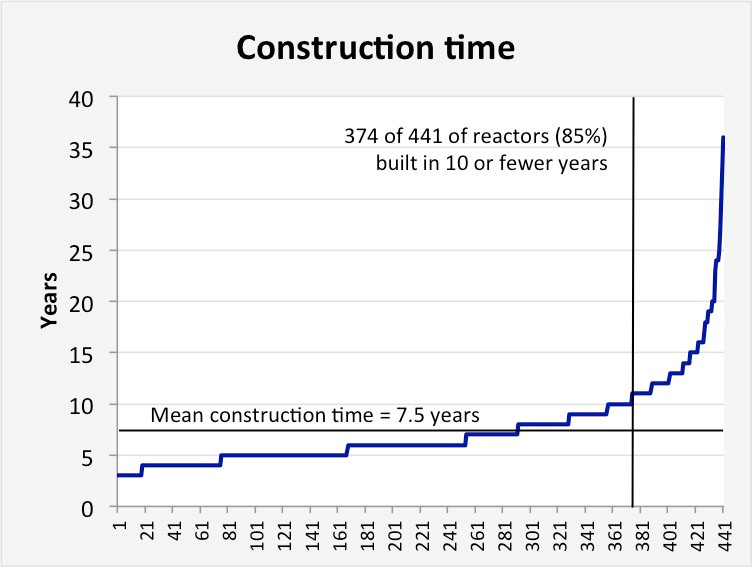
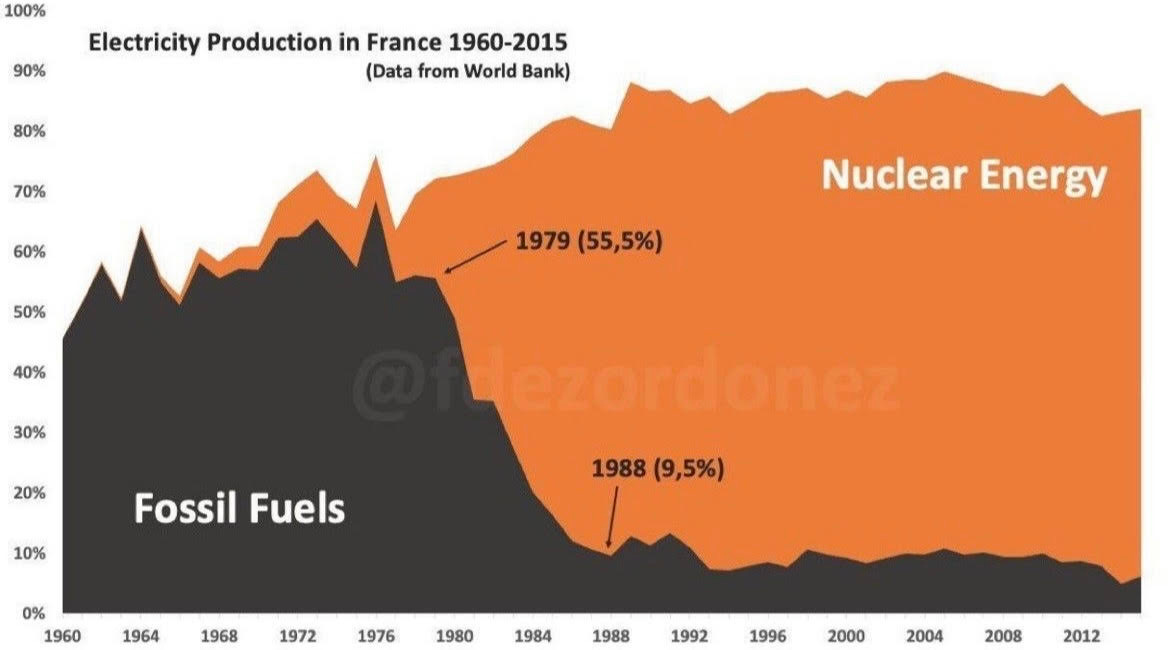
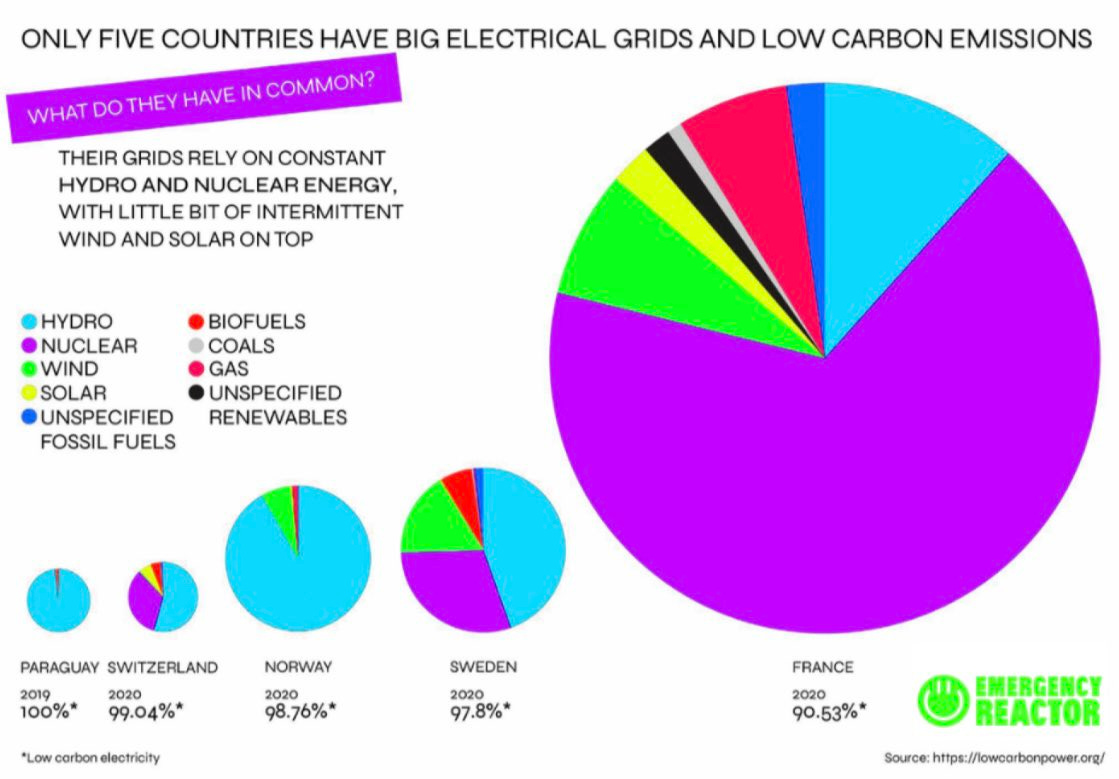

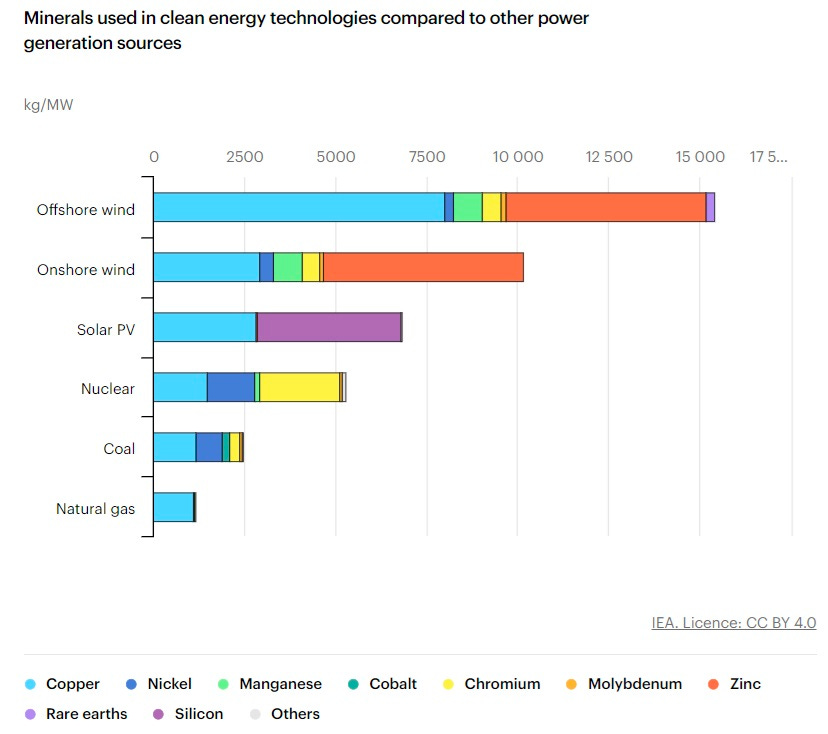
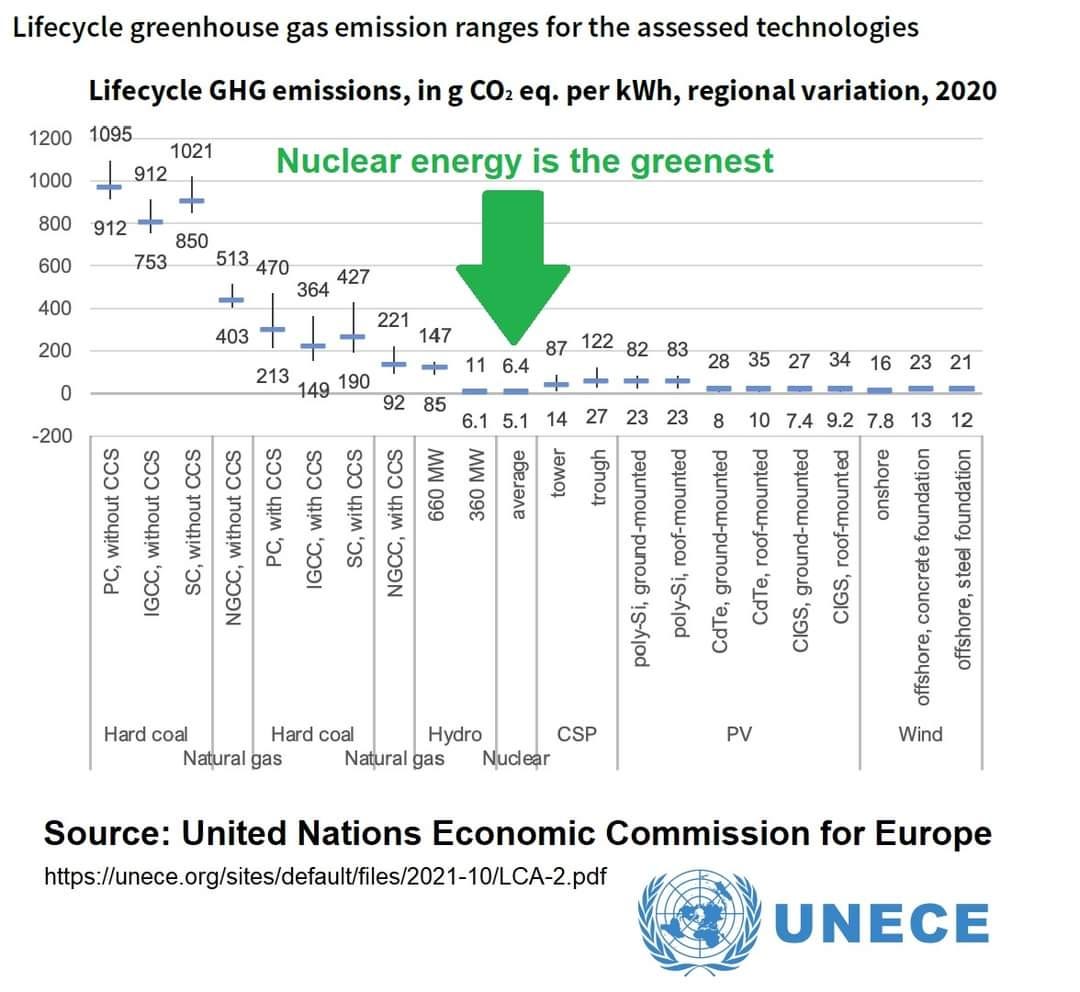

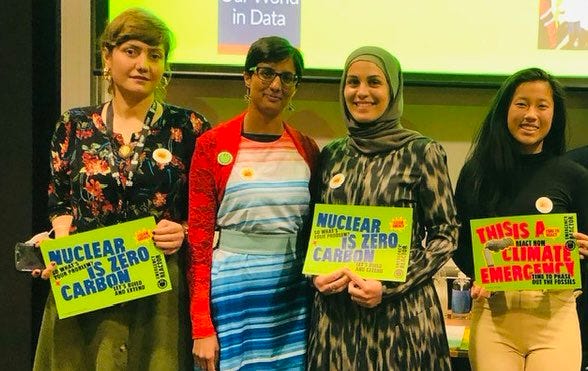
It’s perhaps necessary to look at what Greenpeace claims to be about in its own words. Here are some excerpts from the front page of Greenpeace Canada. From Our Vision:
“We believe optimism is a form of courage. ”
And here’s how they started in their own words,
“In 1971, motivated by their vision for a more green and peaceful world, a crew of twelve planned to set sail from Vancouver, British Columbia, in an old fishing boat.”
Regarding their methods, Greenpeace states,
“Greenpeace is an independent campaigning organization, which uses non-violent, creative confrontation to expose global environmental problems, and to force the solutions which are essential to a green and peaceful future. Greenpeace is an independent campaigning organization, which uses non-violent, creative confrontation to expose global environmental problems, and to force the solutions which are essential to a green and peaceful future. ”
This is sufficient, I think, to illustrate some of the severe problems with this organization.
1. Greenpeace is NOT optimistic. It takes the most pessimistic possible construction of every single development of advanced science or technology. Examples here are many, but Greenpeace’s well established hostility to nuclear science and technology and biosciences have been evident for decades. There is not one single use of nuclear science which Greenpeace has ever approved. It has opposed them all strenuously including the use of nuclear medicine.
In the case of biosciences, Greenpeace has opposed all new development of disease-resistant crops that require fewer or no pesticides for production. It has opposed things like the use of Golden Rice despite its obvious benefits for preventing blindness. Greenpeace opposes all use of pesticides or herbicides of any kind, regardless of the starvation this would cause in the world's poorer nations.
2. Greenpeace is more than a little deceptive about its origins. It makes no mention of the fact that at least one of the 12 voyagers in 1971 has been denounced by Greenpeace as a heretic. That same leading founder, who is also now a strong supporter of nuclear power denounced Greenpeace as "anti-science" in the 1980s.
3. Greenpeace claims to want a “green and peaceful future” using “non-violent, creative confrontation”. It is unclear to anyone how this can be achieved by “force the solutions”. So is Greenpeace peaceful, or is it just another organization striving to achieve its means by force?
It should be evident by now that Greenpeace is mere eco-colonialism. What it truly wants is a poorer world with greater poverty and disparity. This means a world with less protection of the environment. This means returning to a world of clear-cutting forests to make steel via charcoal. This means returning to a world to butchering whales to produce oil for lubricants and other industrial uses. This means returning to a world with rampant, uncontrollable communicable diseases.
This is Greenpeace’s actual vision of the future - "solitary, poor, nasty, brutish and short" as described by Thomas Hobbes in the 17th century.
Great post Zion. It seems to me that Greenpeace are, on this topic anyway, becoming more and more like the Sealed Knot society in England or Civil War re-enactors in the USA; turning out to recreate the battles of yesteryear, dress up, meet old friends and enjoy some flapjacks, while being of little consequence and less relevance.